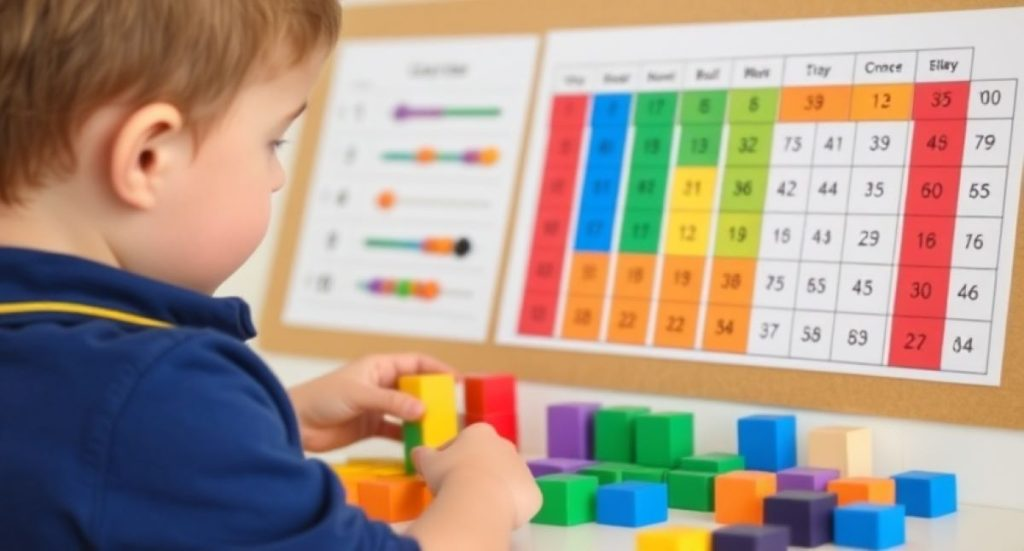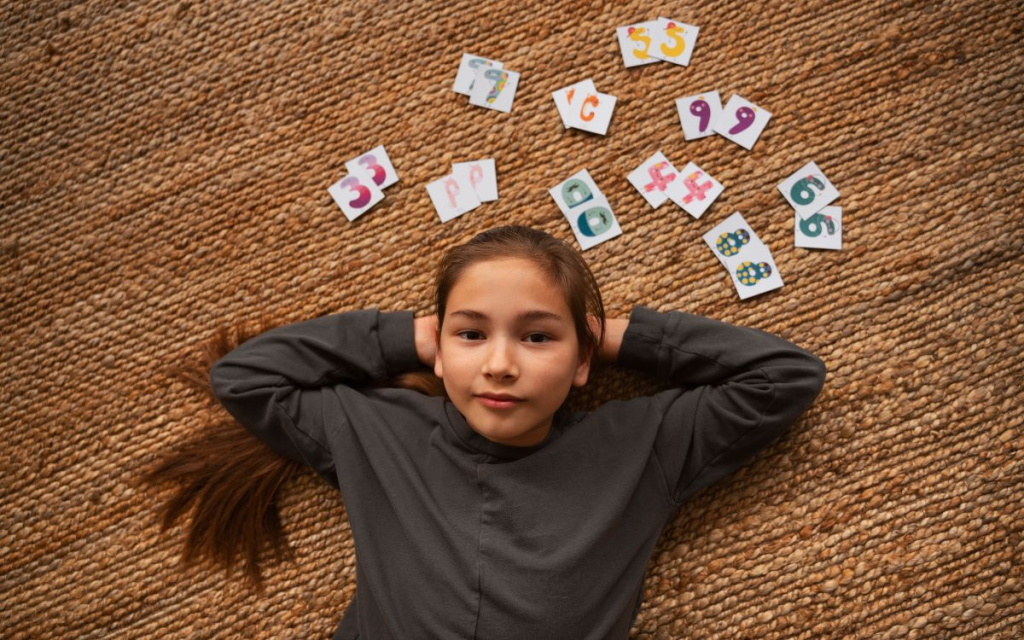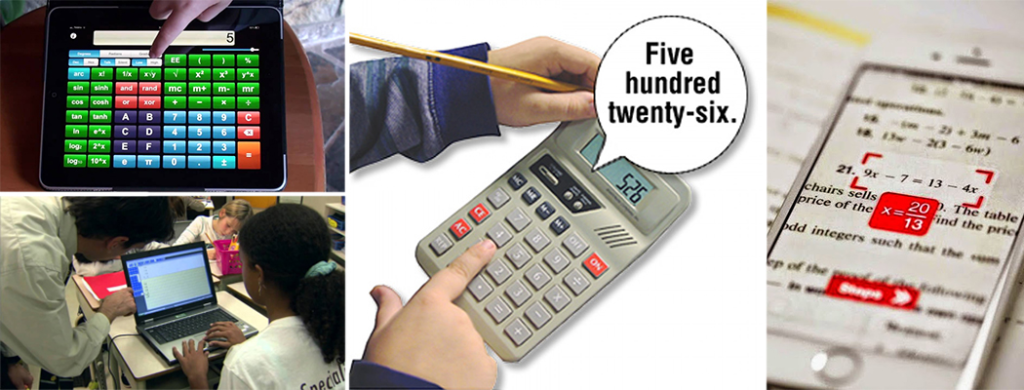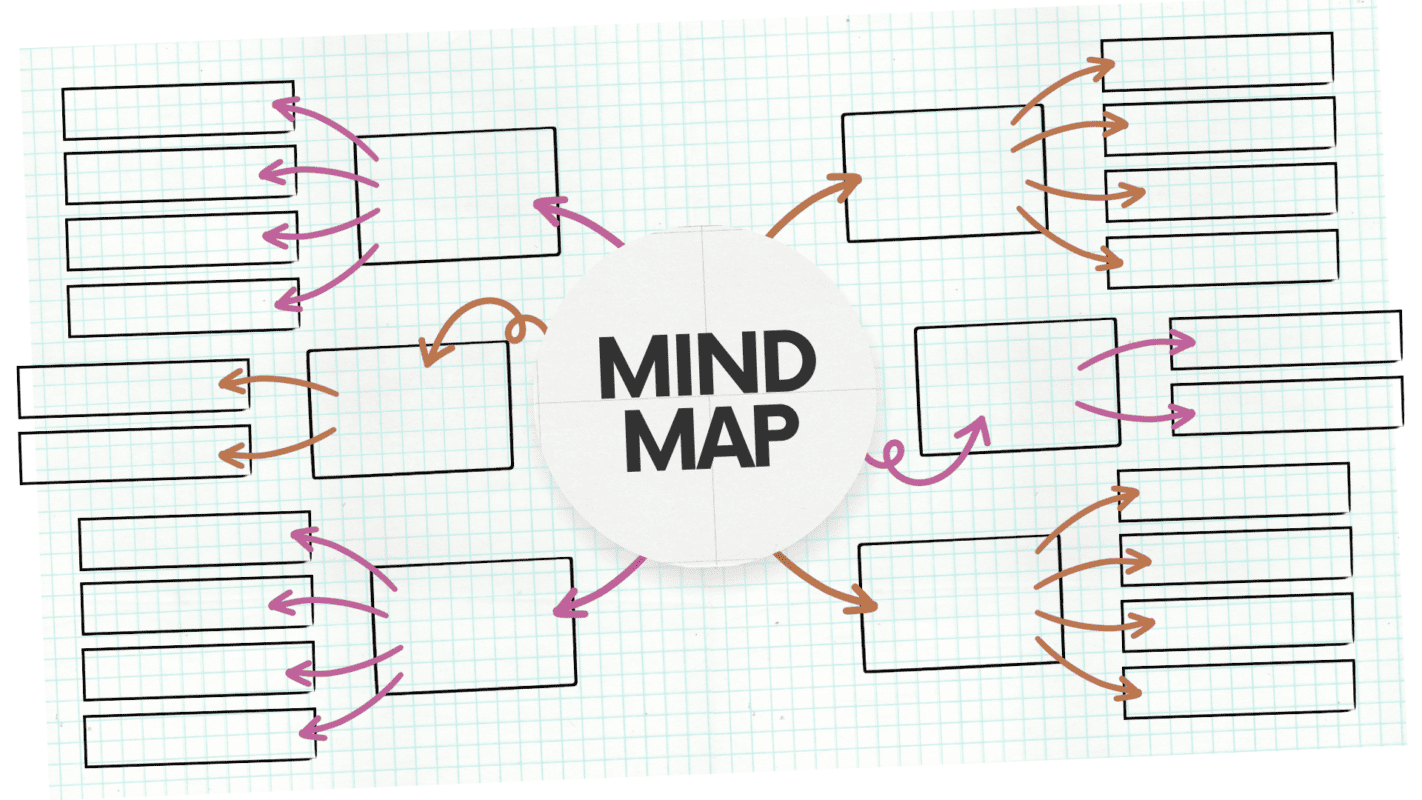Mathematics can feel like an exciting puzzle for many children, but for students with dyscalculia, numbers often feel overwhelming, abstract, and even intimidating. Dyscalculia is a specific learning difference that affects a student’s ability to understand number concepts, recall math facts, and perform calculations. Roughly 5–7% of students are believed to struggle with this challenge, yet it often goes undiagnosed or misunderstood.
The good news is that research provides us with concrete, evidence-based strategies to help children with dyscalculia thrive. With the right teaching methods, patience, and support, students can build confidence and make meaningful progress in mathematics. At Scholars Academy, a virtual school for kids with dyscalculia in NC, we integrate these strategies daily into our instruction. Below, we’ll explore ten proven approaches that make a real difference.
1. Use Visual Supports and Concrete Materials

Students with dyscalculia often struggle with abstract numerical concepts. Using manipulatives such as counters, number lines, base-ten blocks, or fraction tiles allows learners to “see” and physically interact with math. Visual models like bar diagrams and color-coded charts also strengthen number sense and help make relationships between numbers more tangible.
Example: Instead of memorizing “7 + 5 = 12,” a child can physically move seven counters next to five counters and see the total set of twelve. This multisensory approach lays the foundation for a deeper understanding.
2. Emphasize Multisensory Learning

Research shows that engaging multiple senses helps students with learning differences retain and process information. For math, this might include:
- Saying numbers aloud while writing them.
- Tracing shapes and equations in sand or with finger paints.
- Clapping or stepping out rhythms to represent addition or multiplication.
These methods build stronger neural connections by linking numbers to physical actions and sensory experiences, rather than leaving them as abstract symbols.
3. Break Down Problems Into Smaller Steps

Complex, multi-step math problems can feel overwhelming for a student with dyscalculia. Teachers and parents can support learning by breaking concepts into bite-sized chunks and teaching one small step at a time.
For instance, when teaching long division, break the process into distinct actions—divide, multiply, subtract, bring down—and practice each step individually before combining them into the full procedure.
4. Provide Consistent Review and Practice

Memory challenges are common in students with dyscalculia. They may understand a concept one day but struggle to recall it the next. Consistent, spaced review—returning to the same concepts regularly—helps strengthen recall.
Games, flashcards, or quick daily warm-ups can reinforce prior learning without making it feel repetitive. Research shows that this kind of “distributed practice” improves long-term retention far more than cramming or one-time instruction.
5. Incorporate Technology Tools

Technology can be transformative for students with dyscalculia. Adaptive math apps, interactive whiteboards, and online games provide immediate feedback and allow students to learn at their own pace.
For example, programs that highlight visual models or use gamified practice help maintain engagement while reinforcing essential skills. At our virtual school for kids with dyscalculia in NC, we leverage digital platforms to make math more accessible and individualized for each learner.
6. Connect Math to Real-Life Contexts

Students with dyscalculia often find math meaningless when it is presented in isolation. Tying math to everyday experiences helps make it relevant and memorable.
Cooking offers opportunities to explore fractions and measurement. Shopping teaches addition, subtraction, and money management. Sports statistics can demonstrate percentages and ratios. When students see how math connects to their daily world, motivation increases and abstract concepts become more concrete.
7. Use Graphic Organizers and Structured Layouts

Organization matters. Many students with dyscalculia struggle with visual-spatial processing, making it difficult to align numbers or follow problem sequences. Graphic organizers, step-by-step worksheets, and clear formatting can reduce confusion.
For example, using lined or graph paper helps students keep columns straight in addition or multiplication. Visual checklists guide them through multi-step processes, ensuring they don’t skip or misorder steps.
8. Foster a Growth Mindset

Emotional barriers can be just as significant as cognitive ones. Students with dyscalculia often experience math anxiety or feelings of failure. Research shows that fostering a growth mindset—the belief that ability grows with effort—can improve persistence and outcomes.
Encourage students to see mistakes as part of learning, celebrate small victories, and model positive attitudes toward problem-solving. When children feel safe and supported, their willingness to take risks in math increases.
9. Individualize Instruction

No two students with dyscalculia are alike. Some struggle more with number facts, while others have difficulties with sequencing or spatial concepts. Personalized instruction—whether through one-on-one support, small groups, or adaptive learning technology—ensures that teaching meets each child’s specific needs.
This is one reason families choose Scholars Academy’s virtual school for kids with dyscalculia in NC: our small-group, real-time classes allow teachers to tailor instruction and provide individual attention.
10. Collaborate With Specialists and Families
Finally, supporting a student with dyscalculia works best when teachers, parents, and specialists collaborate. Educational therapists, psychologists, and learning specialists can provide assessments and recommend targeted interventions. Parents can reinforce strategies at home, while teachers track progress and adapt instruction.
Open communication creates a strong support system around the child, ensuring consistency and reinforcing learning across environments.
Pulling It All Together
Dyscalculia is not a reflection of a child’s intelligence or potential—it’s a unique way of processing numbers that requires unique teaching approaches. With the right tools and evidence-based strategies, students can learn to overcome challenges and even excel in math.
At Scholars Academy, we understand that children with dyscalculia need more than traditional teaching. That’s why our virtual school for kids with dyscalculia in NC emphasizes small-group, instructor-led, real-time learning environments where students are empowered to progress at their own pace. Our teachers specialize in supporting gifted and twice-exceptional learners, ensuring every child has the chance to grow with confidence.
Final Thoughts
Helping students with dyscalculia succeed in math requires creativity, patience, and a research-backed toolkit of strategies. From visual support to growth mindset encouragement, these ten approaches offer a roadmap for parents and educators alike.
Most importantly, students with dyscalculia thrive when surrounded by adults who believe in their potential and provide both structure and encouragement. Whether in the classroom, at home, or through specialized programs, every child deserves the chance to see themselves as capable mathematicians.
At Scholars Academy, we’re proud to stand alongside families as partners in that journey. If you’re exploring options for your child, we invite you to learn more about how our programs can help your scholar thrive.
Struggling with math at home? Connect with our team and find the right program for your child’s learning style.
